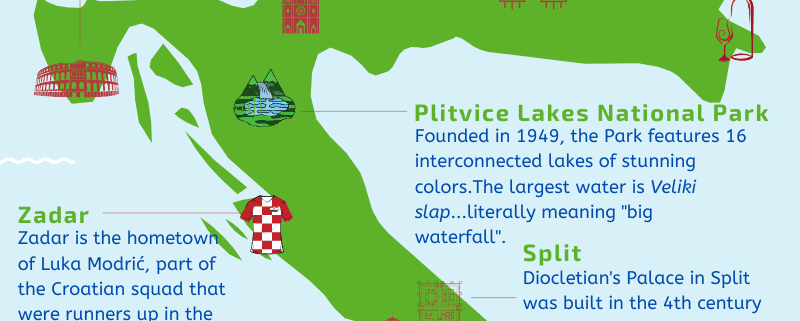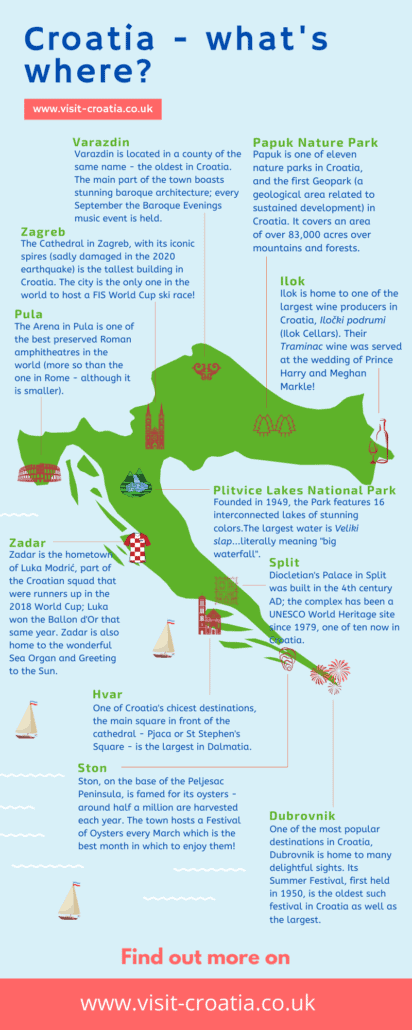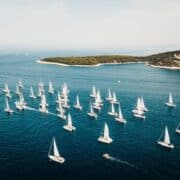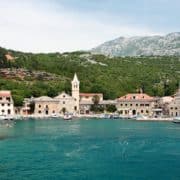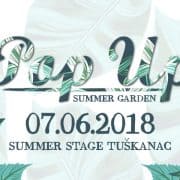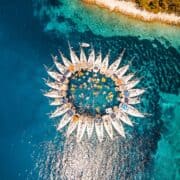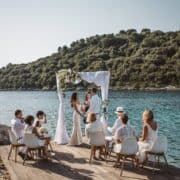Croatia What is Where?
Here’s our Croatia infographic to highlight some special places in the country – as well as some places that you may not know about. Presenting to you: Croatia What is Where?
Learn some facts about the capital city Zagreb, stunning coastal cities and towns Split, Dubrovnik, Pula and Zadar, Hvar island, famous-for-its-oysters Ston, the thrilling Plitvice Lakes Nature Park and Papuk Nature Park.
Click on the infographic to enlarge!
More facts from Croatia What Is Where?
Let’s expand on some of the facts shown in the Croatia infographic above to help you learn more about Croatia what is where.
- Croatia’s capital city, Zagreb, has a stunning cathedral that, at 108m tall, is the tallest building in Croatia. Originally constructed in the 13th century, the cathedral was severely damaged in the 6.3-magnitude earthquake of 1880 and required extensive restoration. Unfortunately, the cathedral was damaged again in the earthquake in March 2020 – one of its spires snapped off whilst the other had to removed for safety.
- It is the FIS Snow Queen Trophy ski race that Zagreb hosts in early January each year.
- Varazdin County is considered to be the oldest of Croatia’s counties, having first been referred to in 1181 (in the charter of King Bela III). The beautiful town of Varazdin was once also the capital city of Croatia from 1756 to 1776 when a large fire destroyed about 80% of the buildings in the town – and the capital reverted to Zagreb.
- Papuk Nature Park is one of (now!) twelve nature parks in Croatia and is located in Slavonia. It is the first UNESECO Geopark in Croatia, which designates an area of significant geological heritage.
- Ilok, also in Slavonia, is famous for being home to one of the largest wine producers in Croatia, Ilocki podrumi. They have British royal connections – as well as having their Traminac wine served at the wedding of Prince Harry and Meghan Markle, their wine was served at the celebration of the coronation of Queen Elizabeth II!
- The wonderful Plitvice Lakes National Park is the joint-oldest national park with Croatia (along with Paklenica National Park), declared so in 1949. In 1979, the Park became a UNESCO World Heritage site.
- This leads us on to Split! The Diocletian’s Palace complex was also declared a UNESCO World Heritage site that same year, 1979. This Palace was constructed in the 4th century as a retirement ‘home’ for Roman Emperor Diocletian, close to the large Roman town of Salona (present-day Solin) which once had a population as high as 60,000 people.
- Dubrovnik is home to many of Croatia’s delights, including the truly wonderful Old Town. The Dubrovnik Summer Festival cultural event, which hosts opera, theatre productions, and classical music performances, was first held in 1950 making it the oldest festival of its kind in Croatia.
- Little Ston is home to amazing town walls that rival Dubrovnik’s – in fact, those in Ston are the longest preserved town walls in Europe. Ston is also very well known for its oysters (and mussels) – you can see (and even visit) the oyster farms by the town.
- The island of Hvar is a top destination for the yachting crowd, partygoers, the odd celebrity or two…and everyone else vying to see this amazingly picturesque place! Hvar island is also very famous for its lavender production – about 50 years ago, lavender oil produced on Hvar accounted for 8% of all lavender oil produced in the world – and is often claimed to be the sunniest place in Croatia with about 2,800 hours of sun each year.
- As well as being the birthplace of Croatian footballing legend Luka Modric, Zadar is home to some amazing sights, old and new – such as the Forum and St Donatus Church, the Sea Organ and the Greeting to the Sun installation.
- Pula is likewise home to some stunning sights, particularly the Arena which was completed in the 1st century AD – roughly the same time as the Colosseum in Rome. The Arena is one of the best preserved Roman amphitheatres, as it has all four sides intact, and is the sixth-largest remaining amphitheatre in the world. These days, it hosts music concerts, screenings during the Pula Film Festival, occasional sports events…and even mock gladiator fights in summer.

